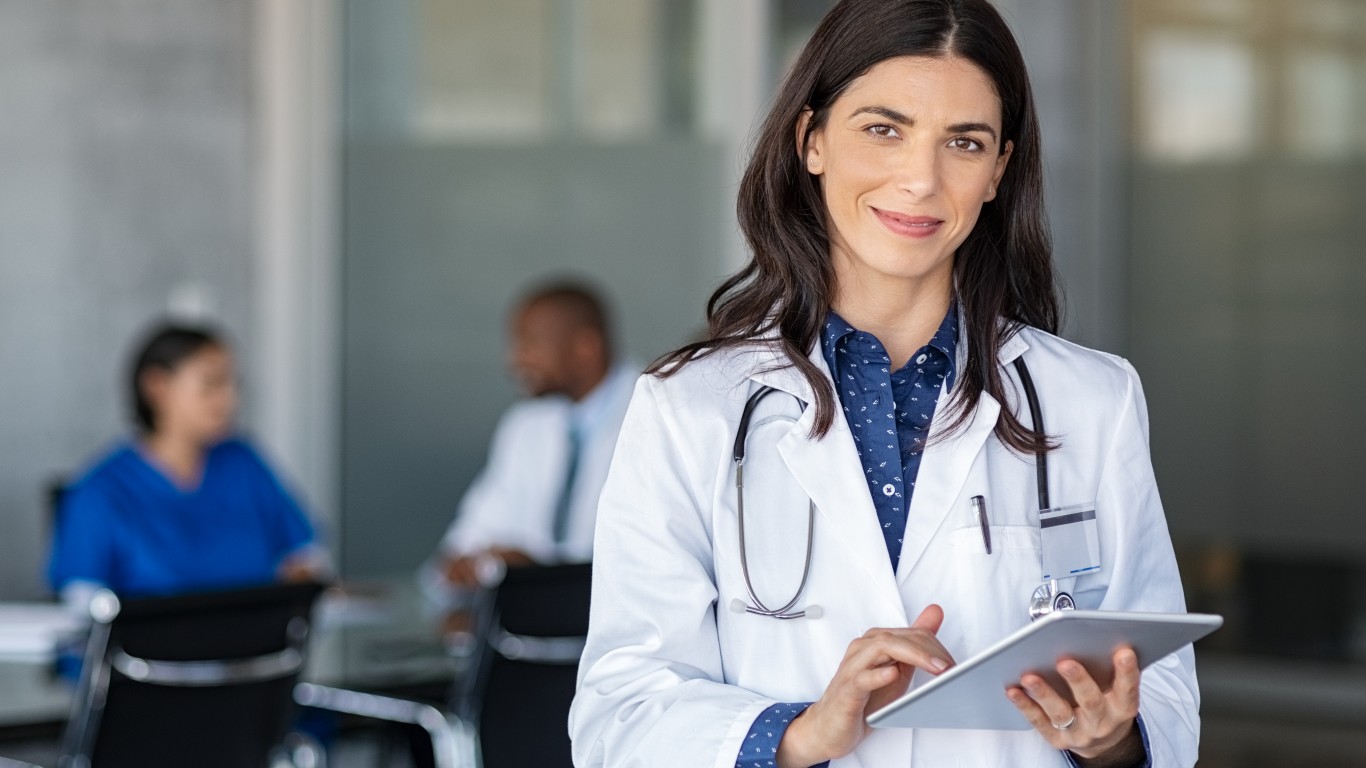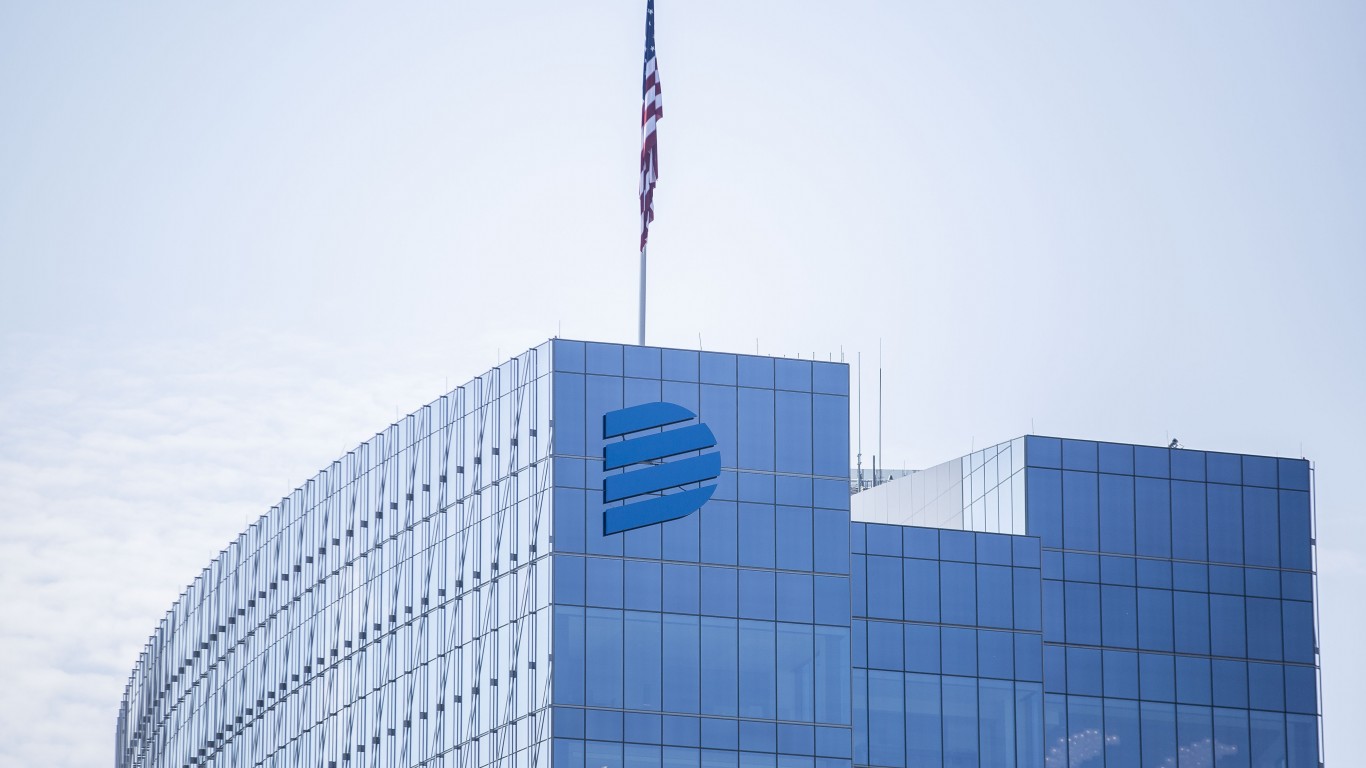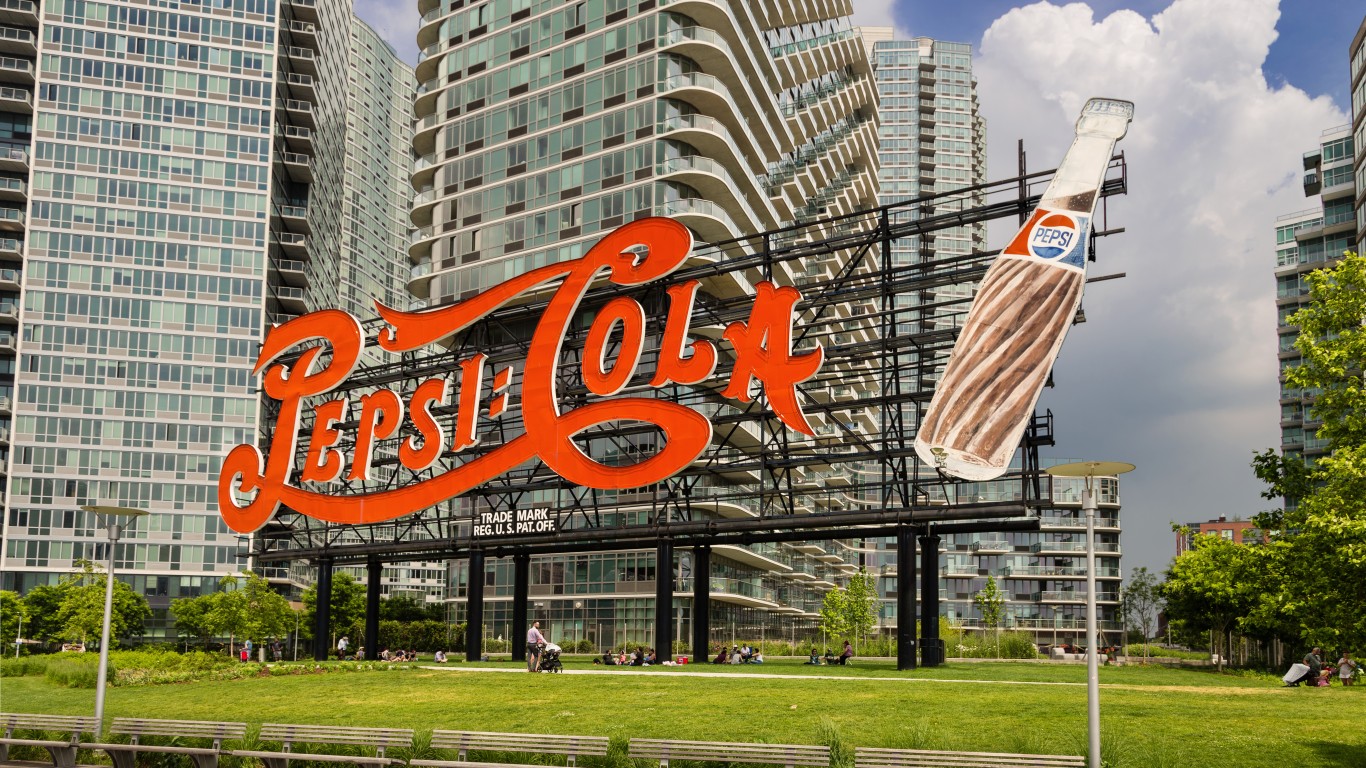Investing
A Market Crash Could Ruin Baby Boomers: 5 Safe High-Yield Dividend Stocks and Advice

Published:

24/7 Wall St. Insights
The “Buy the Dip” financial news teleprompter readers and the 35-year-old portfolio managers who have never seen a market crash are pounding the table that stocks are still going to the moon. Market veterans and “Hey Boomer” professionals have seen this show before. In 1987, the DJIA plunged a stunning 22% in one day. Today, an equivalent drop in the venerable index would be almost 9400 points.
From 1929 to 1932, the stock market plummeted a stunning 83%, and many lost everything. That debacle caused the Great Depression, which ended only when we entered World War II in 1941.
From 2007 to 2009, during the height of the mortgage and real estate collapse, which brought us dangerously close to another depression, the market dropped a massive 57%. When stocks finally bottomed at an ominous intraday low of 666 on the S&P 500 on March 9, 2009, we placed the floor for the longest bull market in history, which ended in January 2022. The market rally promptly started back up in October of that year and continues to this day.
A market crash, though devastating, is workable if you are in your 40s and making peak money. However, for Baby Boomers who have enjoyed unprecedented gains over the last 15 years, being overweighted to the stock market now is like picking up nickels in front of a bulldozer, and it could be a fatal shot to their retirement savings. Look at this data we dug up on the internet on the effect of major market crashes. The recovery time can be much longer than recessions or regular bear markets, sometimes taking decades:
- The 1929 crash lasted until 1932, and the Dow didn’t fully recover until November 1954.
- The dot-com stock correction/crash in March 2000 took 13 years to recover fully.
- The Panic of 1907 took the stock market 20 years to return to its pre-crash level.
The youngest Baby Boomers turn 60 this year, while the oldest are closing in on 80 in 2026. It’s essential to move out of S&P 500 index funds and concentrate on ultra-safe dividend stocks that can add passive income streams to Social Security benefits. We found five that make sense for Baby Boomers now.

Safe dividend stocks provide investors with reliable streams of passive income. Passive income is characterized by its ability to generate revenue without requiring the earner’s continuous active effort. It is a desirable financial strategy for those seeking to diversify their income streams, achieve economic independence, or protect their wealth.

The legacy telecommunications company has been undergoing a lengthy restructuring while lowering its dividend, which still stands at 5.22%. AT&T Inc. (NYSE: T) provides worldwide telecommunications, media, and technology services. Its Communications segment offers wireless voice and data communications services.
AT&T sells through its company-owned stores, agents, and third-party retail stores:
AT&T also provides:
In addition, this segment offers residential customers broadband fiber and legacy telephony voice communication services.
It markets its communications services and products under:
The company’s Latin America segment provides wireless services in Mexico and video services in Latin America. This segment markets its services and products under the AT&T and Unefon brands.

This top company remains a solid pharmaceutical stock to own long-term, offering an outstanding entry point and a massive 4.56% dividend. Bristol-Myers Squibb Co. (NYSE: BMY) discovers, develops, licenses, manufactures, and markets pharmaceutical products worldwide.
The company offers products in:
Bristol-Myers Squibb products include:
The company also provides:

This year’s slow decline in oil prices offers investors an excellent entry point, and they will gladly grab a strong 3.37% dividend. Exxon Mobil Cor. (NYSE: XOM) is the world’s largest international integrated oil and gas company, exploring for and producing crude oil and natural gas in:
Exxon Mobil also manufactures and markets commodity petrochemicals, including:
Exxon Mobil also transports and sells crude oil, natural gas, and petroleum products.
Top Wall Street analysts expect the company to remain a key beneficiary in a higher oil price environment, and most remain very optimistic about the company’s sharp positive inflection in capital allocation strategy, upstream portfolio, and leverage to further demand recovery. ExxonMobil also offers greater Downstream/Chemicals exposure than its peers.
In May, Exxon Mobil completed its purchase of oil shale giant Pioneer Natural Resources Company in an all-stock transaction worth $59.5 billion. The deal created the largest U.S. Oil field producer and guaranteed a decade of low-cost production.

Many of the Wall Street firms we cover are still very positive on utilities, and this company pays a strong 4.70% dividend. Dominion Energy Inc. (NYSE: D) operates through four segments:
The Dominion Energy Virginia segment generates, transmits, and distributes regulated electricity to residential, commercial, industrial, and governmental customers in Virginia and North Carolina.
The Gas Distribution segment engages in:
The Dominion Energy South Carolina segment generates, transmits, and distributes electricity and natural gas to residential, commercial, and industrial customers in South Carolina.
The company’s portfolio of assets included approximately:

This top consumer staples stock posted mixed earnings for the second quarter but will continue to supply all the goods for the 2024 NFL football season tailgates and parties and pays a solid 3.10% dividend. PepsiCo Inc. (NYSE: PEP) is a worldwide food and beverage company.
Its Frito-Lay North America segment offers:
The company’s Quaker Foods North America segment provides:
PepsiCo’s North America Beverages segment offers beverage concentrates, fountain syrups, and finished goods under these brands:
It is important to remember that these dependable companies can add income, growth, and a degree of safety to investment nest eggs but should also not be overweighted. Baby Boomers should look for high dividend guaranteed money market funds, quality municipal bond funds, monthly pay certificates of deposit, and other ironclad safe investments where the principal is protected. History shows that a market crash could wipe out years of savings and hard work.
The 5 Best High-Yield Stocks for October You Can Buy and Hold for 20 Years
The average American spends $17,274 on debit cards a year, and it’s a HUGE mistake. First, debit cards don’t have the same fraud protections as credit cards. Once your money is gone, it’s gone. But more importantly you can actually get something back from this spending every time you swipe.
Issuers are handing out wild bonuses right now. With some you can earn up to 5% back on every purchase. That’s like getting a 5% discount on everything you buy!
Our top pick is kind of hard to imagine. Not only does it pay up to 5% back, it also includes a $200 cash back reward in the first six months, a 0% intro APR, and…. $0 annual fee. It’s quite literally free money for any one that uses a card regularly. Click here to learn more!
Flywheel Publishing has partnered with CardRatings to provide coverage of credit card products. Flywheel Publishing and CardRatings may receive a commission from card issuers.
Thank you for reading! Have some feedback for us?
Contact the 24/7 Wall St. editorial team.